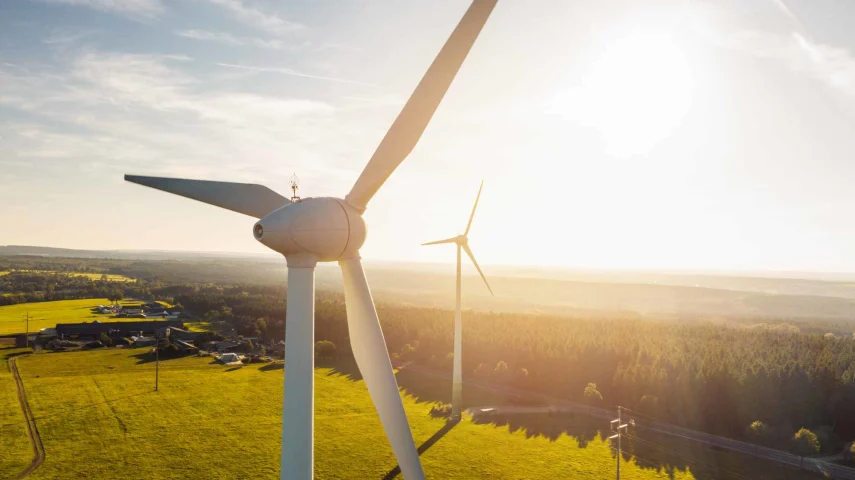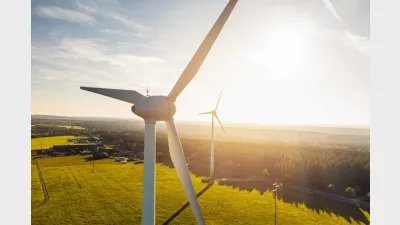HESTA achieves 2030 climate target



HESTA has met its initial climate target of a 33 per cent reduction in normalised portfolio emissions by 2030 (against a 2020 baseline), eight years ahead of schedule.
The $72 billion industry fund set the target in June 2020 and was among the first super funds to announce a plan to reach net zero portfolio emissions by 2050.
The interim target was now strengthened from 33 per cent to 50 per cent reduction in normalised (intensity based) portfolio emissions by 2050, measured against the same 2020 baseline.
“We’re very pleased with the progress we are making to implement our Climate Change Transition Plan (CCTP); managing climate-related risks and capitalising on opportunities helps us as a long-term investor to generate strong long-term returns for our members,” said Debby Blakey, HESTA chief executive.
“Climate change presents a complex systemic risk for investors to manage – there’s no silver bullet, with long-term investors needing to use many approaches to position their portfolios for a low-carbon future.”
She added that mitigating climate-related risks required an “accelerated transition” and a “more ambitious” approach to emissions reductions.
Like other global investors, Australian super funds were moving to invest in transition opportunities, and HESTA had committed to investing 10 per cent of its investment portfolio in climate solutions like renewable energy and sustainable property by 2030.
“Australia has the potential to become a global leader in renewable energy generation that will help attract global capital, support economic growth and drive long-term value for investors,” Blakey said.
HESTA recently signed a platform agreement with ReNu Energy, which would offer co-investment opportunities in green hydrogen projects.
The fund had also invested in Intera Renewables, a platform that would aggregate five of Palisade Investment Partners’ operational renewable energy assets across Australia into a single entity of scale. The assets would comprise six wind farms and one solar farm across Queensland, South Australia, Victoria and Tasmania. Aware Super was also a co-investor.
The HESTA Sustainable Capital Investment Trust (HSCIT) also committed some $290 million to a targeted private equity investment program managed in partnership with Stafford Capital Partners to invest in lower-mid-market private equity businesses around the world which worked towards one or more UN Sustainable Development Goals like clean energy, climate action, clean water, economic growth, and gender equality.
“Throughout 2023 and beyond we’re continuing to focus on opportunities to invest in developing innovative technologies and businesses at the forefront of decarbonisation,” Blakey said.
Recommended for you
Australia’s largest superannuation fund has confirmed all members who had funds stolen during the recent cyber fraud crime have been reimbursed.
As institutional investors grapple with shifting sentiment towards US equities and fresh uncertainty surrounding tariffs, Australia’s Aware Super is sticking to a disciplined, diversified playbook.
Market volatility continued to weigh on fund returns last month, with persistent uncertainty making it difficult to pinpoint how returns will fare in April.
The Association of Superannuation Funds of Australia (ASFA) has called for the incoming government to prioritise “certainty and stability” when it comes to super policy.













